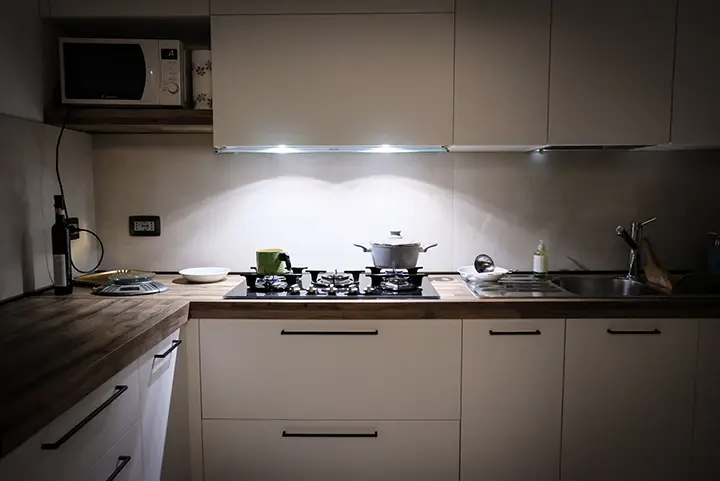When it comes to food storage, there are two main options: fridges and coolers. Although both are used for storing food in a cool environment, there are several key differences between them.
Fridge vs Cooler
The most obvious difference between a fridge and a cooler is the size. Fridges tend to be much larger than coolers, allowing for more food storage capacity. Additionally, fridges have a variety of temperatures settings that can be adjusted depending on what type of food is being stored inside it. On the other hand, coolers usually have one constant temperature setting throughout the entire unit and cannot be adjusted individually like fridges can.
Another major difference between fridges and coolers is their power source. Fridges require an electrical outlet in order to operate whereas coolers run off of ice or gel packs that need to be recharged or replaced every few days depending on how often they’re used. Additionally, most modern fridges come with features such as an ice maker or water dispenser which is not available in most coolers making them less convenient when it comes to making drinks or snacks quickly..
Finally, the cost of both units varies greatly due to their various sizes and capabilities. Generally speaking, fridges tend to cost significantly more than coolers due to their larger capacity and additional features but this isn’t always the case so it’s important to compare prices before making any purchase decisions based solely on price alone..
In conclusion, both fridges and coolers serve as useful tools when it comes to storing food in a cold environment but they differ greatly in size, power source and cost which makes them each ideal for different types of applications depending on your budget and needs.
